The Boeing 747 was the first widebody airliner, followed closely by the Douglas DC-10 which took its first flight on 29 August 1970. More successful than the competing Lockheed L-1011 TriStar, the Long Beach produced aircraft sold 386 examples, with the last one being handed over to Nigeria Airways in 1989.
Unfortunately the Douglas DC-10 had a poor reputation due to a number of high profile accidents during its career. Some were attributed to design flaws, while others were just bad luck. The FAA went so far as to withdraw the certificate of airworthiness, grounding the aircraft for five weeks in 1979.
Douglas DC-10 Video
Following on from last weeks excellent video on the Tupolev Tu-114, this week we cross back to the United States for a look at the DC-10. Below is an excellent video from the Mustard channel on YouTube that runs a little under ten minutes.
Regular readers will know I have already covered the McDonnell Douglas DC-10 in a “Does anyone remember” article from September last year. The video from Mustard above came out three weeks later (much to my chagrin!). Since I like their videos quite a lot, you get to see it this week.
Overall Thoughts
Regardless of the reputation the DC-10 garnered through the unfortunate series of accidents, it did provide stellar service to many airlines around the world. FedEx still operate the aircraft for their freight services, testament to the longevity of the product.
When I visited the United States in 1991, I was lucky enough to fly on both the United Airlines DC-10-10 and DC-10-30. I remember the flights specifically because I felt sick on both flights and I don’t usually feel sick when flying.
Have you flown on the DC-10 before? What did you think of the video? Thank you for reading and if you have any comments or questions, please leave them below.
Enjoying the series? Check out the index to all the “Does Anyone Remember…” articles.
To never miss a post, follow me on Facebook, Twitter and Instagram.
All my flight and lounge reviews are indexed here so check them out!
Featured image by GeorgeM757 on Flickr.

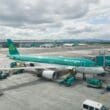


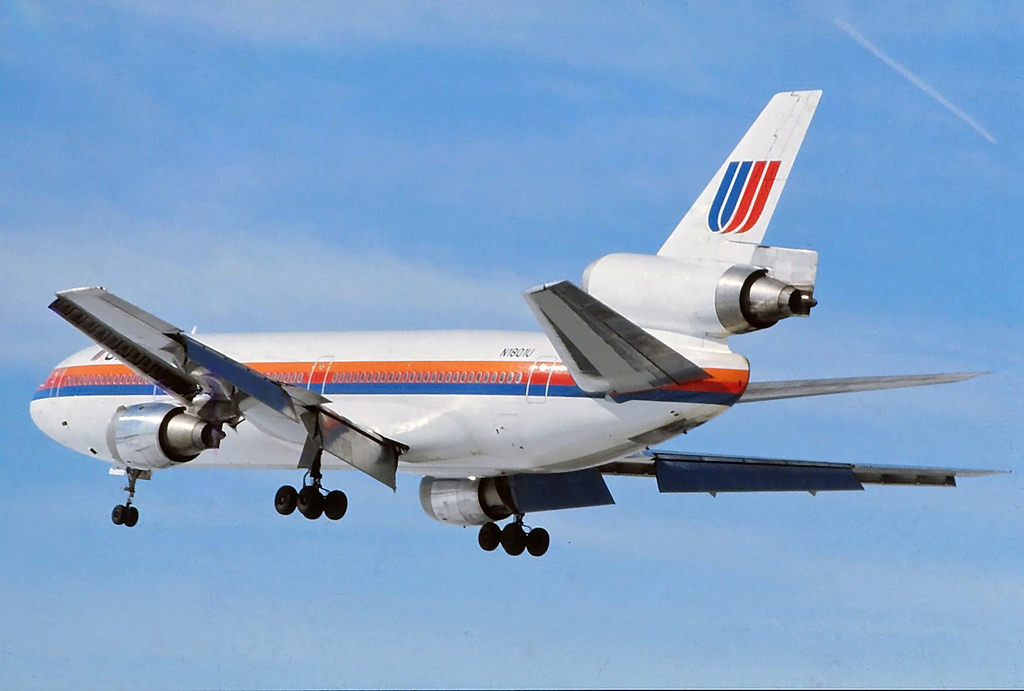
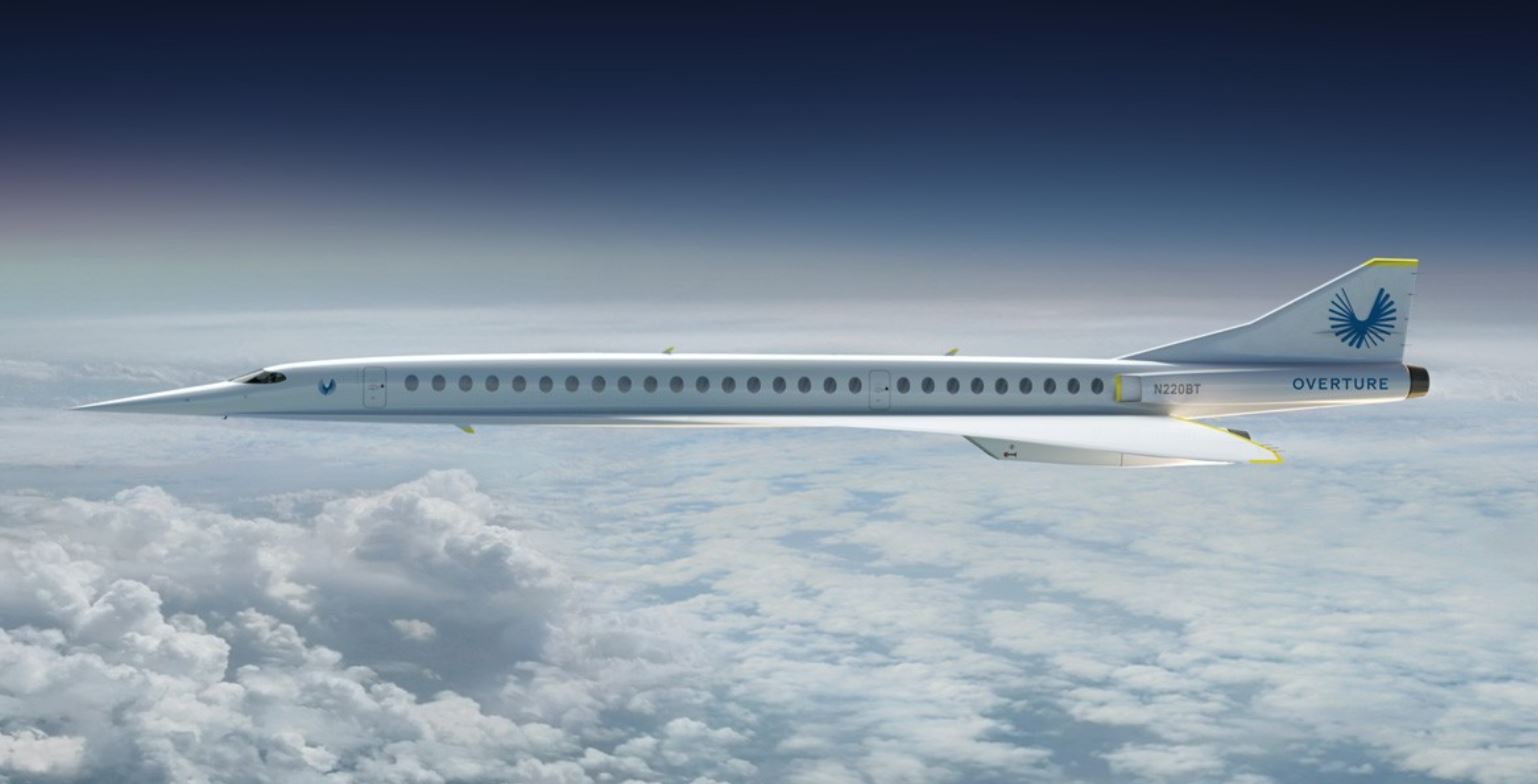

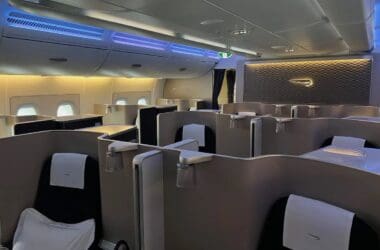

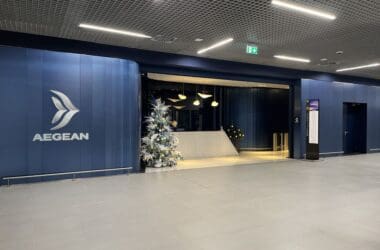
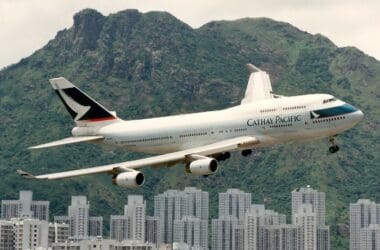
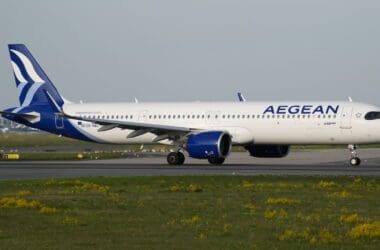
DC 10 flights on OY, TG, AA, JL, NZ, RG, KL, LA, LH, NW WD and LOTS of CP
You definitely might take the prize for most airlines flown on the DC-10! 🙂 That’s a great selection all round really. Nice work!
I flew on DC-10s and worked on them. My first flight was with Continental Airlines in January 1973 to Stapleton Airport in Denver, Colorado (sadly, now deceased, R.I.P). I flew First Class on the Air Force dime, and liked it so much, I paid $93 for First Class one way to Los Angeles. After I retired from the Air Force, I worked for Continental Airlines. Comparing the DC-10 with the Airbus A300: the A300 broke a lot, but it was easy to fix. The DC-10 almost never broke, but when it did, it took forever to fix it! My last flight on the DC-10 was on or about 8 December 1994 to and from Hawaii. I miss the old gal.
It’s a shame they didn’t move the Stapleton name to the new airport. Great to hear you worked for Continental Airlines – that gold livery on the DC-10s was really striking. Interesting to hear the differences between the Airbus A300 and the DC-10 – interesting stuff. I guess all the different types of aircraft have their own particularly quirks. Thanks for the comment!
Michael Crichton, in his novel “Airframe”, described the DC10 as “a good airplane ruined by bad press’.
I could not disagree more. The original DC10-10 was a victim of a cash strapped company that cut corners at every opportunity. The outward opening cargo doors featured a poorly designed locking mechanism that was difficult at best to operate. The structural integrity of the cabin floor was substandard and prone to failure in the case of rapid decompression. The leading edge slats lacked a separate locking mechanism to prevent uncommanded retraction in the case of hydraulic loss of pressure. The company made a co-pilot stick shaker optional instead of standard as in the L1011 and 747 and almost all other commercial aircraft. The loss of electrical power due to engine failure had no redundancy. Shall I go on ?? As originally designed and built it was a terrible aircraft as witnessed by the horrendous loss of life during its first 10 years of service. Only when the NTSB and the FAA stepped in and forced improvements did it become reliable.
It pains me that I never got to fly on the DC-10 although I came close once. It was in the early 80’s and my Mom and I were non-revving to SFO out of ORD on UA and the flight we were booked on was a DC-10. We got bumped and ended up on a 727 a couple of hours later. Bummer. I think the -10 had a rough start, but after the AA disaster at ORD she became a much safer bird, and she outlasted the L-1011 in service so that’s something.
Yes, the accidents certainly helped to get the aircraft design closer to where it should have been in the first place. I guess the DC-10 lasted longer because there were more of them built. A shame you didn’t get to go on one – this might be the first instance where I’ve been on it and you haven’t 🙂
I really liked the Lockheed L-1011 Tristar. The smoke on engine start startled passengers. So did the humming of the flaps. The Tristar was the most advanced airliner bar the Concorde at the time until about 1990. One bad thing was there was no center overhead compartments causing a run on overhead space.
The DC-10 was ok. It was a little interesting to identify the different models. The DC-10-10 had no center main landing gear, just 2 on the sides, not 3. The DC-10-30 had it. The DC-10-40 had different engines (PW) and the middle engine nacelles was shaped a little differently. Nowadays, it is almost impossible (but not quite) to tell a 777-200 ER from a 777-200LR. I cannot tell a 777-200IGW (777-200ER) from a 777-200.
Yes, everyone has a real love for the Lockheed L-1011 compared to the DC-10. Both aircraft originally had no centre overheads, as far as I know. I never got to fly on the Tristar, unfortunately. You are right – today a lot of the time the only way to know the difference is to know which airline operates which type, so you can use the airline as a backup when the aircraft are very similar.
Nice article. You should mention the MD11, basically a DC10 ER and produced from 1990 to 2000 with 200 built. Still many around and for a long while it was the largest plane and flagship of Delta airlines. Still many of these birds flying freight.
Thanks for the kind words. I’ll definitely make sure I do something on the MD-11. I had the pleasure of flying on it twice SIN-HEL-BKK with Finnair many years ago. There are still plenty flying as frieghters, but no more passenger service I don’t think. Cheers!